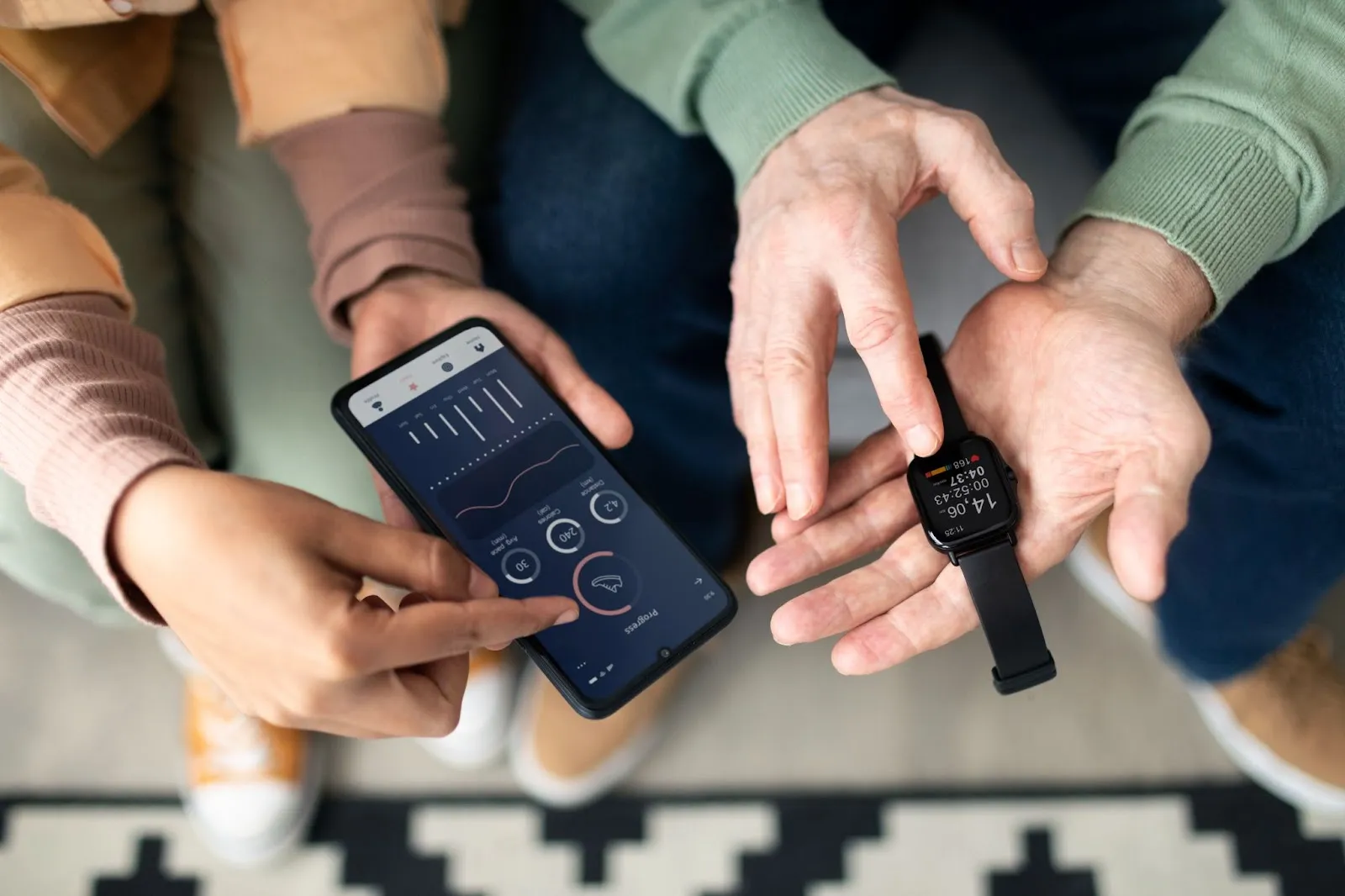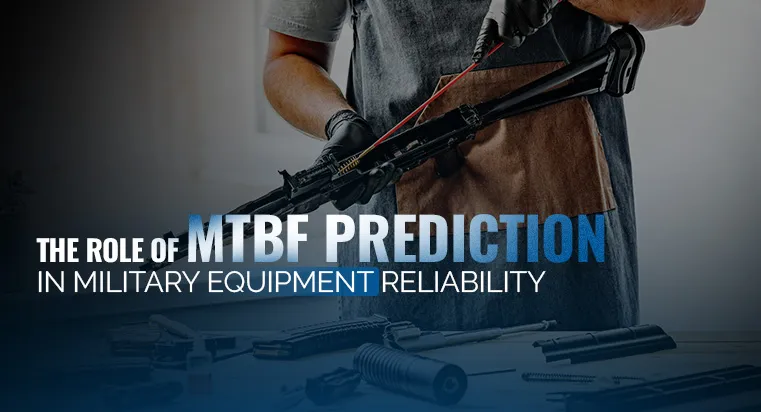Why Wearable Technology Demands Rigorous Reliability Testing for Unmatched Performance and User Trust

Why Wearable Technology Demands Rigorous Reliability Testing for Unmatched Performance and User Trust
The wearable technology market is booming.
Reaching a staggering $186.48 billion in 2024. And it is expected to reach almost $500 billion by 2029, or 17.6% annual growth. That’s beyond impressive. But with impressive growth comes the fundamental question.
Who is gatekeeping the industry?
Who manages the quality control of the entire industry? Who ensures that the products reaching the final consumer undergo rigorous reliability testing? Are there any protocols in place, and more importantly, are those being followed?
In this blog, you will learn about the kinds of wearable technologies and how reliability testing is being conducted.
The Role of Wearable Technology in Modern Life

Initially, wearable technology focused on basic fitness tracking. However, AI and machine learning advancements have enabled more sophisticated health monitoring, GPS tracking, and mobile connectivity. This evolution is especially impactful in healthcare, where wearables now track vital metrics like heart rhythms and blood glucose levels. As these devices become integral to health management, flawless performance is essential to avoid potentially serious consequences.
The growing demand for wearable technology is driven by a shift toward health-conscious living. Consumers value devices that monitor a range of physiological metrics. This trend covers various demographics, including older adults, emphasizing the increasing reliance on wearables for health monitoring and management.

Why Rigorous Reliability Testing is Critical for Wearable Tech
Rigorous reliability testing covers a comprehensive suite of tests designed to ensure that wearable devices can withstand regular use and function correctly under a variety of conditions. This testing is necessary for wearables since they are in constant touch with the user. And they require accurate data to perform essential functions. This ensures the device is fit for use and can perform optimally even in conditions of temperature like extreme heat and extreme cold, humidity and other mechanical stress that come with day to day usage. Furthermore, the testing guarantees that the software and hardware of these devices are well coordinated and reliable to create confidence among the users and improve the image of the company. A product that undergoes a series of tests to determine its reliability is expected to function well without frequent failures, hence increasing the confidence of the user.
With the market positioned for rapid growth and innovation, the importance of reliability testing becomes more evident. Rigorous testing ensures these devices can reliably perform under various environmental conditions and usage scenarios, which is critical as these devices are used continuously and must handle sensitive data like health metrics.
Key Components of Reliability Testing in Wearable Technology
Reliability testing in wearable technology is complex, involving both software and hardware components:
- Reliability in Software Testing: This ensures that the software governing the device operates flawlessly across all expected usage scenarios. It involves checking on the user interface, data handling, and incorporation of other features such as GPS and weather.
- Hardware Testing: This checks the physical attributes of the device, whether it can withstand normal wear and tear, exposure to water and dust, and even a drop.
- Performance Testing: This is an important aspect of reliability testing since performance testing aims at establishing that the device is capable of functioning effectively under stress and different usage conditions.This might involve simulated exercises, exposure to different environmental conditions, and testing battery life under continuous operation.
- Automation in Testing: Automation is increasingly becoming integral to testing processes, allowing for more frequent and thorough testing cycles. Automated tests can rapidly cycle through thousands of test scenarios overnight, a task that would be impractical for human testers.
Reliability Testing by Relteck
Relteck delivers cutting-edge reliability testing services, including HALT/HASS testing, guaranteeing your products excel even in the harshest conditions. Located in Silicon Valley, their state-of-the-art facilities specialize in reliability demonstration testing across diverse industries. From semiconductors to medical innovations.
With an ITAR-compliant lab, Relteck is pushing the limits of your wearable technology through rigorous testing. These include thermal shock and vibration testing, ensuring that the wearable technology not only meets but also exceeds top industry standards.
Challenges in Wearable Tech Reliability Testing
The challenges of testing wearable technology come from combining hardware and software, along with the different environments users may be in. Reliability testing in software testing is crucial to ensure the software’s performance under various conditions.
- Integration Challenges: Testing how software and hardware work together in devices designed for real-time connectivity and health tracking involves careful consideration of the many ways users engage with their devices.
- Environmental Variability: Users wear these devices in different environments, ranging from hot and humid to cold and dry. Every condition affects the performance of the device, which is why it is necessary to test the device in different conditions.
- Battery Performance: Wearable technology is a great innovation but the biggest problem is that the device should have a long battery life and still be able to perform all the functions that are expected of it. That is why it is necessary to check the battery life and consumption of the battery charge.

The Future of Reliable Wearable Technology
As the technology continues to advance, the future of wearable devices looks promising. We can expect new devices to include better monitoring tools, like sensors for blood pressure and early disease detection. This makes thorough reliability testing even more important. Ensuring these advanced devices are dependable and safe, alongside reliable technology services, will keep consumer trust and encourage users to stick with them over the long term.
Final Thoughts
The importance of thorough reliability testing in wearable technology can’t be stressed enough. It’s essential to ensure these devices perform well and can be trusted. As wearables become more integrated into our daily routines and important health functions, how well they’re tested directly affects user trust and how effective they are. By conducting detailed and careful reliability tests, manufacturers can make sure their devices meet and even exceed user expectations, leading to greater acceptance and reliance on technology in our everyday lives.
Rigorous reliability testing not only checks that a device works properly but also ensures it will keep working well over time. This builds user trust and helps advance the wearable technology industry.

Ben Chilwell
Proin eget tortor risus. Curabitur aliquet quam id dui posuere blandit. Vivamus suscipit tortor eget felis porttitor volutpat.

Ben Chilwell
Proin eget tortor risus. Curabitur aliquet quam id dui posuere blandit. Vivamus suscipit tortor eget felis porttitor volutpat.
Related Posts

Enhancing Military Electronics Reliability with PCB Sherlock Analysis

The Role of MTBF Prediction in Military Equipment Reliability


